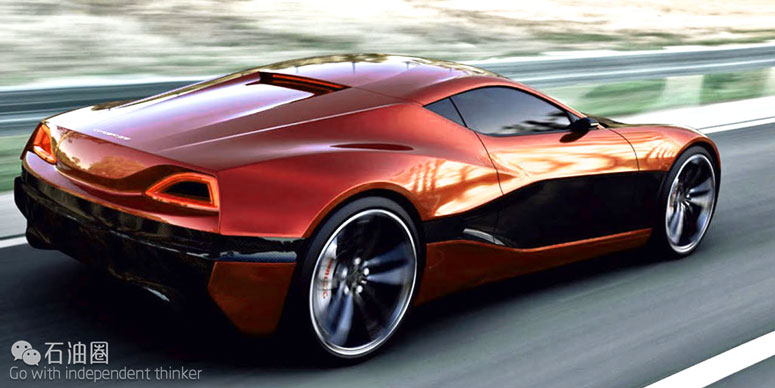It may be a little premature for the oil industry to panic over the influx of electric vehicles (EV). EVs would need to represent at least 50 percent of the global car market by 2035 if the Paris Agreement’s minimum target for reducing global warming rates by 1.5 degrees Celsius is to become a reality, according to a fresh report by the Climate Action Tracker. But Big Oil can sleep easy, nonetheless.
To put the EV target in perspective, let’s see some new EV registration figures for Q1 2015 by the top performers worldwide. The leader was Norway, with new EV registrations accounting for a third of the total. Second from the top globally was the Netherlands, where new EV buys were 5.7 percent of all new registrations, and the UK came third with EVs accounting for 1.2 percent of all new registration.
In the rest of the leading car markets, including the U.S., China, Germany, and Japan, new EV sales didn’t even make it to 1 percent of total new car sales. What’s more, these figures include not just purely electric vehicles, but also plug-in hybrids, which use fossil fuel.
According to an FT analysis from 2010, projections are for EVs to reach a market share of around 9 percent in Western Europe by 2020, almost 14 percent in the US, and less than 3 percent in China. These are projections for a ten-year period, it’s worth noting, made when the EV industry was in its childhood.
Since then, incentives for EV buyers have been ramped up, carmakers are striving to make their electric cars more affordable and their batteries more durable, and campaigners are campaigning for a “paradigm shift”, as CAT calls it, that would see more people realize the urgency of climate change action.
Hypothetically, this paradigm shift would mark the beginning of the end for the oil industry as we know it. Realistically, however, such paradigm shifts take time, and a lot of it, especially if we’re looking at the world as a whole, not just the developed part of it.
In February this year, Bloomberg New Energy Finance published a report forecasting that by 2040 electric vehicles will account for 35 percent of the global market, with long-range EVs selling for an average $22,000. This, according to the authors, would be made possible by the billions of dollars invested in better, more durable batteries, and more efficient EVs, which should see the annual growth rate in sales of such vehicles at 30 percent or more.
According to the Bloomberg analysts, if this happens, EVs will displace around 1 million barrels of crude in daily global consumption some time around 2026, and 2 million bpd in 2028. To compare, the current oil glut is somewhere between 1 and 2 million barrels a day. And the oil industry is still standing.
In its report, CAT, which is a group of four research organizations tracking the climate change fight efforts of 32 countries that account for 80 percent of harmful emissions, says that the last internal combustion engine-powered car must be sold in 2035, if the Paris Agreement targets are to be achieved. This basically gives carmakers less than 20 years to either switch to all-EV production or go under. It sounds unreal, and it is unreal.
Global new car sales so far this year in some of the biggest markets have reached33.268 million as of end-August. At average new car sales of around 3 million vehicles a month, the annual this year could reach some 45 million vehicles. At the moment, the share of EVs in this total is 1 percent globally.
Going from 1 percent to 50 percent in a little over 30 years looks like a pretty ambitious plan—a plan that is contingent on too many ifs, such as governments having enough money to incentivize buyers and build the vital charging infrastructure; carmakers making good on their promises to roll out affordable and reliable vehicles; battery-makers making good on their promises, in turn; and, when all is said and done, car buyers having enough money to switch to EVs, not just in Western Europe and the U.S.
It seems to be indeed too early for the oil industry to start worrying about electric cars and the demise of the internal combustion engine.
By Irina Slav for Oilprice.com


 石油圈
石油圈


